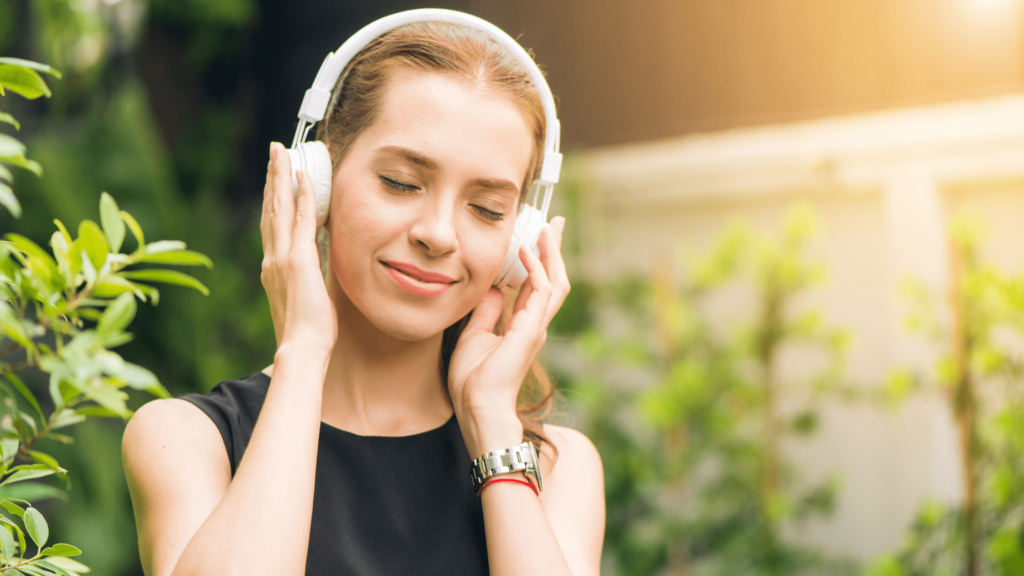Today we will know about relaxation techniques for teens to manage stress and enhance well-being. Explore our top 10 methods, from deep breathing to yoga, to find your calm.
Table of Contents
Did you know that approximately 70% of teens report experiencing significant stress on a daily basis, according to the American Psychological Association? With academic pressures, social dynamics, and extracurricular demands, today’s teenagers are facing unprecedented levels of stress. Finding effective relaxation techniques is more important than ever to help them navigate these challenges and maintain their mental and emotional well-being.
Importance Of Relaxation For Teens
Relaxation is crucial for teenagers because it helps mitigate the negative effects of stress, which can impact their mental and physical health. Chronic stress can lead to issues such as anxiety, depression, sleep disturbances, and weakened immune function. By incorporating relaxation techniques, teens can improve their mood, enhance concentration, and boost overall well-being. Relaxation practices also equip teenagers with healthy coping mechanisms that can help them manage future stressors more effectively, promoting resilience and emotional stability.
Top 10 Relaxation Techniques For Teens
1. Deep Breathing Exercises

- Explanation: Deep breathing exercises involve taking slow, deep breaths to calm the mind and body.
- Steps:
- Find a comfortable sitting or lying position.
- Close your eyes and take a deep breath in through your nose for a count of four.
- Hold your breath for 4 seconds.
- Exhale slowly through your mouth for 6 seconds.
- Repeat for 5-10 minutes.
- Benefits: Deep breathing can reduce stress and anxiety by activating the body’s relaxation response and lowering heart rate.
2. Progressive Muscle Relaxation (PMR)

- Explanation: PMR involves tensing and then slowly relaxing each muscle group in the body.
- Steps:
- Find a quiet place and sit or lie down comfortably.
- Starting with your feet, tense the muscles as tightly as you can.
- Hold the tension for a 10-15 seconds.
- Slowly release the tension and focus on the feeling of relaxation.
- Move up through your body, tensing and relaxing each muscle group.
- Benefits: PMR helps reduce physical tension and mental stress, promoting overall relaxation.
Read Similar: Creatine vs BCAA – Which Supplement is Best for Muscle Growth?
3. Guided Imagery

- Explanation: Guided imagery involves visualizing peaceful and calming scenes to relax the mind.
- Steps:
- Sit in a comfortable position and close your eyes.
- Imagine a peaceful place, such as a beach or a forest.
- Focus on the details of the scene, including sounds, smells, and sensations.
- Spend a few minutes immersing yourself in this calming visualization.
- Benefits: Guided imagery can reduce stress, enhance focus, and improve mental clarity.
4. Mindfulness Meditation

- Explanation: Mindfulness meditation means focusing on the present moment and accepting it without judgment.
- Steps:
- Sit comfortably with your back straight and your hands resting on your knees.
- Close your eyes and focus on your breath.
- Notice the sensation of your breath entering and leaving your body.
- If your mind wanders, gently bring your focus back to your breath.
- Practice for 5-10 minutes.
- Benefits: Mindfulness meditation can improve concentration, emotional regulation, and reduce stress.
5. Yoga

- Explanation: Yoga combines physical postures, breathing exercises, and meditation to promote relaxation and well-being.
- Types of Yoga for Teens: Hatha Yoga, Vinyasa Yoga, and Restorative Yoga.
- Benefits: Yoga enhances physical flexibility, strength, and mental relaxation.
You Might Like: Why Try Naked Yoga? Embracing Body Positivity and Self-Acceptance!
6. Journaling

- Explanation: Journaling involves writing down thoughts and feelings to process emotions and reduce stress.
- How to Start:
- Set a specific time for journaling everyday.
- Write about your thoughts, feelings, and experiences.
- Use prompts if you’re not sure what to write about.
- Benefits: Journaling helps process emotions, provides clarity, and reduces stress.
7. Listening to Music

- Explanation: Music can influence mood and relaxation.
- Suggestions: Classical music, nature sounds, or any calming genre.
- Benefits: Listening to music can reduce stress, lower blood pressure, and improve mood.
8. Spending Time in Nature

- Explanation: Nature has a calming effect on the mind and body.
- Activities: Walking, hiking, or simply sitting in a park.
- Benefits: Spending time outdoors improves mental health and reduces stress.
9. Art Therapy

- Explanation: Art therapy uses creative expression to promote relaxation and emotional well-being.
- Activities: Drawing, painting, coloring.
- Benefits: Creative expression helps reduce stress and anxiety, and promotes relaxation.
10. Physical Exercise

- Explanation: Exercise is crucial for physical and mental relaxation.
- Types of Exercise: Running, swimming, dance.
- Benefits: Exercise releases endorphins, improves mood, and reduces stress.
Suggested: Strength Training For Runners: 10 Essential Exercises to Boost Speed and Endurance!
Final Thoughts
In today’s fast-paced world, the pressures faced by teenagers can often feel overwhelming. However, by incorporating these top 10 relaxation techniques into their daily lives, teens can find effective ways to manage stress and enhance their overall well-being.
From deep breathing exercises and mindfulness meditation to spending time in nature and engaging in art therapy, each technique offers unique benefits that contribute to both mental and physical relaxation. Encouraging teens to explore and adopt these practices can lead to a calmer, more balanced life.
Remember, finding your calm is not just about managing stress but also about fostering a healthy and resilient mindset. So, give these relaxation techniques a try and discover what works best for you. Embrace the journey to a more relaxed and serene you!









